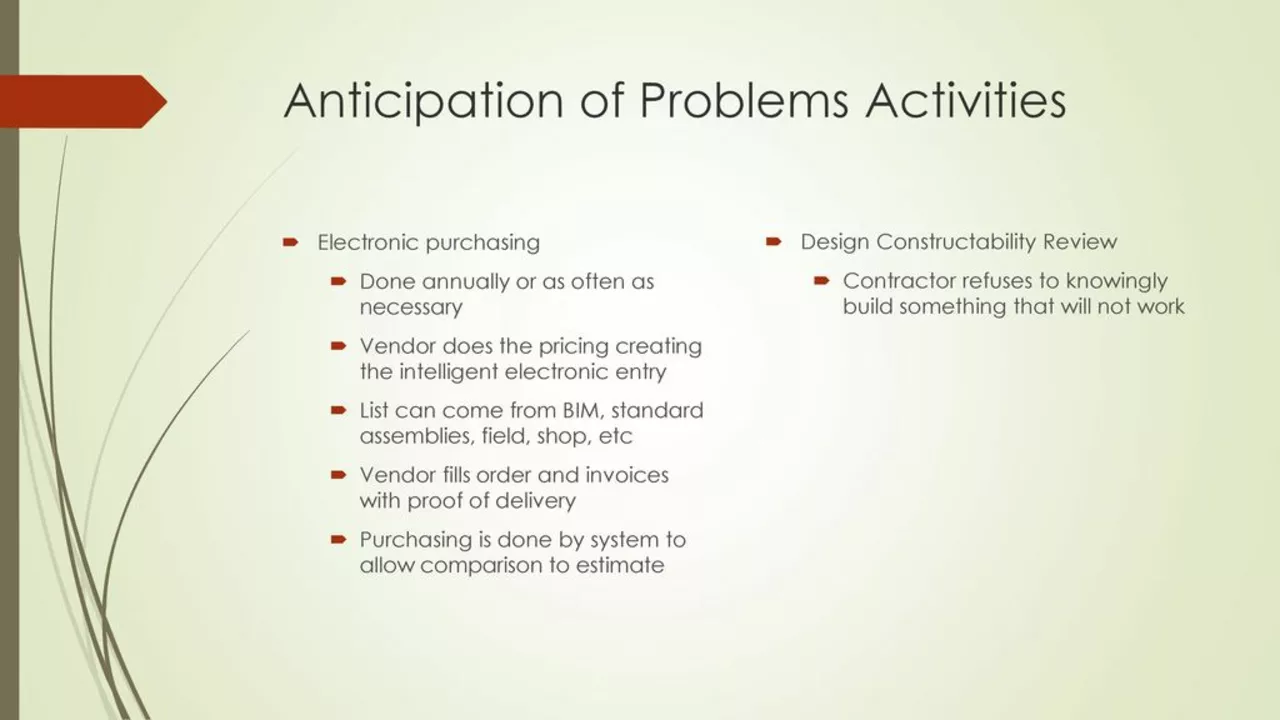Epididymitis: What to Know, What to Do, and the Real Deal on Treatment
If you’re worried about pain or swelling in your testicle, don’t ignore it—epididymitis is one of the main culprits. This condition means your epididymis (a tube at the back of your testicle that stores and moves sperm) is inflamed, usually from infection. It’s way more common than most men think, and it can hit at any age.
The most classic symptoms are a sore, swollen testicle (often just one), pain when you touch the area, trouble peeing, or sometimes a bit of fever and chills. Not every guy gets all the symptoms, but any combo that lasts more than a day deserves medical attention. Guys sometimes shrug it off thinking it’ll go away. That’s a bad move—untreated epididymitis can cause lasting damage, including fertility trouble.
Bacterial infections are behind most cases. In younger guys (under 35), the cause is usually a sexually transmitted infection like chlamydia or gonorrhea. In older guys, it’s more often a common urinary tract bug, especially if you have an enlarged prostate or recent urinary surgery. Occasionally, non-infectious reasons like injury or even some medications can trigger swelling, but infection is top of the list.
Treatment is pretty straightforward if you catch it early. Most doctors go right for antibiotics after a urine test. Your sex partner may need treatment too—don’t skip this step if you have an STI. Resist the urge to stop antibiotics early, even if you feel better in a few days; not finishing the medication leads to relapses and tougher bugs that don’t respond to typical meds.
Alongside antibiotics, rest helps big time. Elevating your scrotum (using a folded towel works), ice packs, and over-the-counter pain relief are simple but effective. Tight underwear, like briefs or athletic supporters, keeps things in place and reduces pain during your daily routine. You may need a week or longer off intense activity (including sex and workouts) while the swelling goes down.
Worried about long-term issues? Most men recover fully, though severe or repeated cases can lead to fertility problems or chronic pain. The best chance for a quick, full recovery is early diagnosis—so don't wait around or hope it'll clear up alone. Pay careful attention to any warning signs after treatment too; recurring symptoms may mean chronic epididymitis, which needs another doctor visit and a different care plan.
Up for prevention tips? Safe sex with condoms, regular STI screenings, and not holding in urine are easy habits that make a difference. If you notice testicular pain anytime, skip the embarrassment and call your doctor.
Chlamydia and Epididymitis: Symptoms and Treatment Options
In my latest blog post, I discuss Chlamydia and Epididymitis, two common yet often misunderstood health issues. I delve into the various symptoms associated with these conditions, such as inflammation, pain, and discomfort in the testicular region. It's vital to open up conversations about these diseases, as they can lead to severe complications if left untreated. I also explore the numerous treatment options available, ranging from antibiotics to surgical interventions. The goal is to empower readers with knowledge so they can take appropriate action if they suspect they are affected by these conditions.
